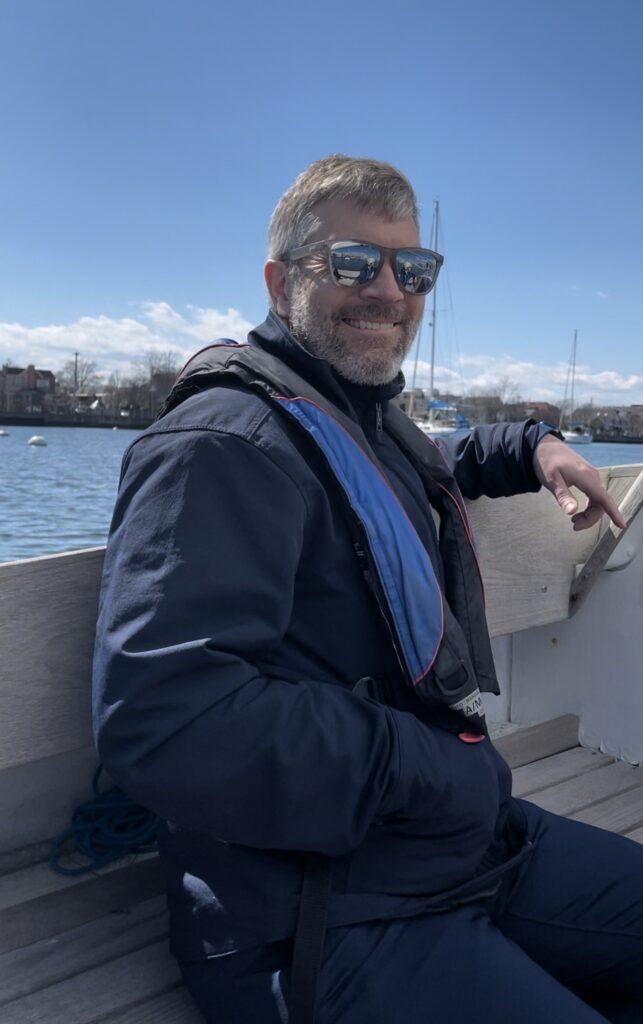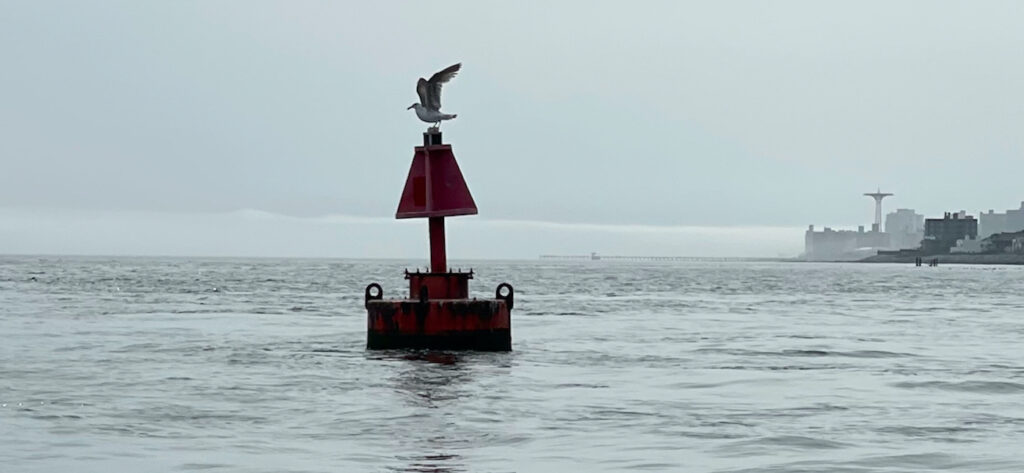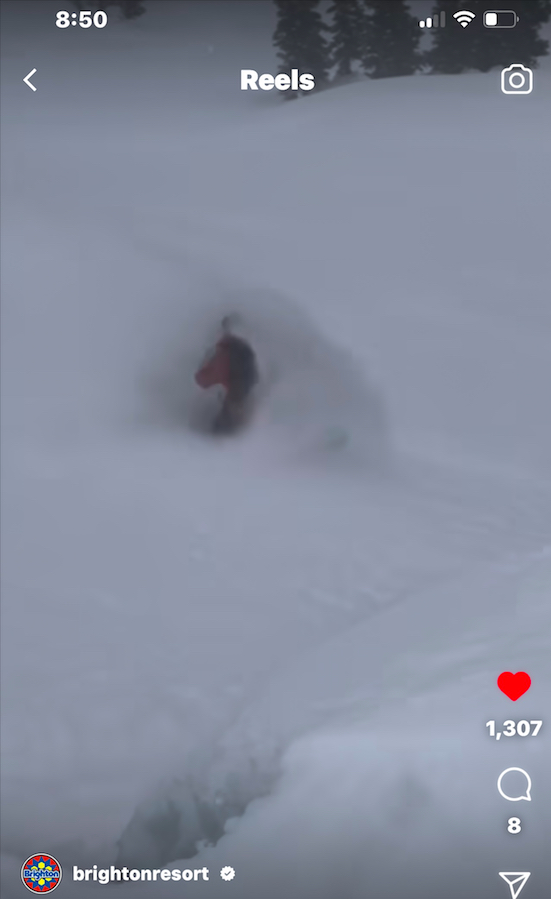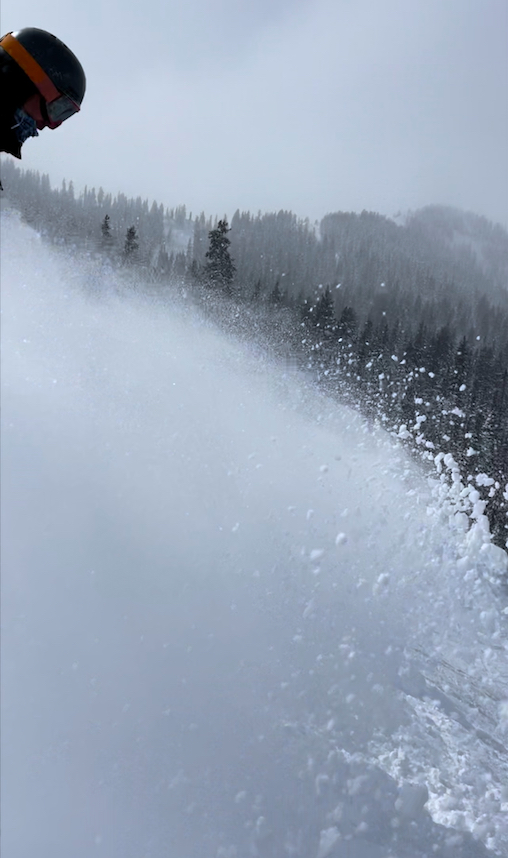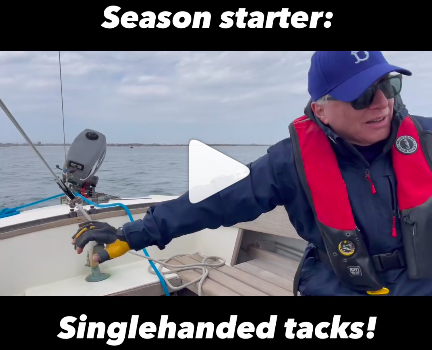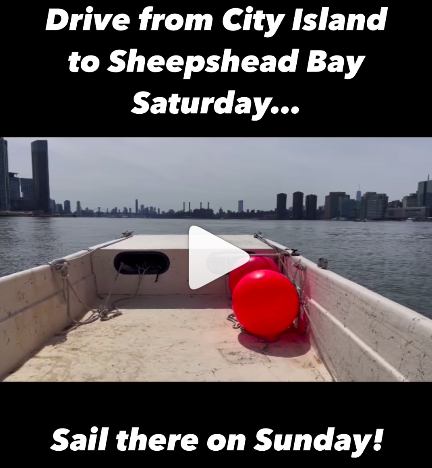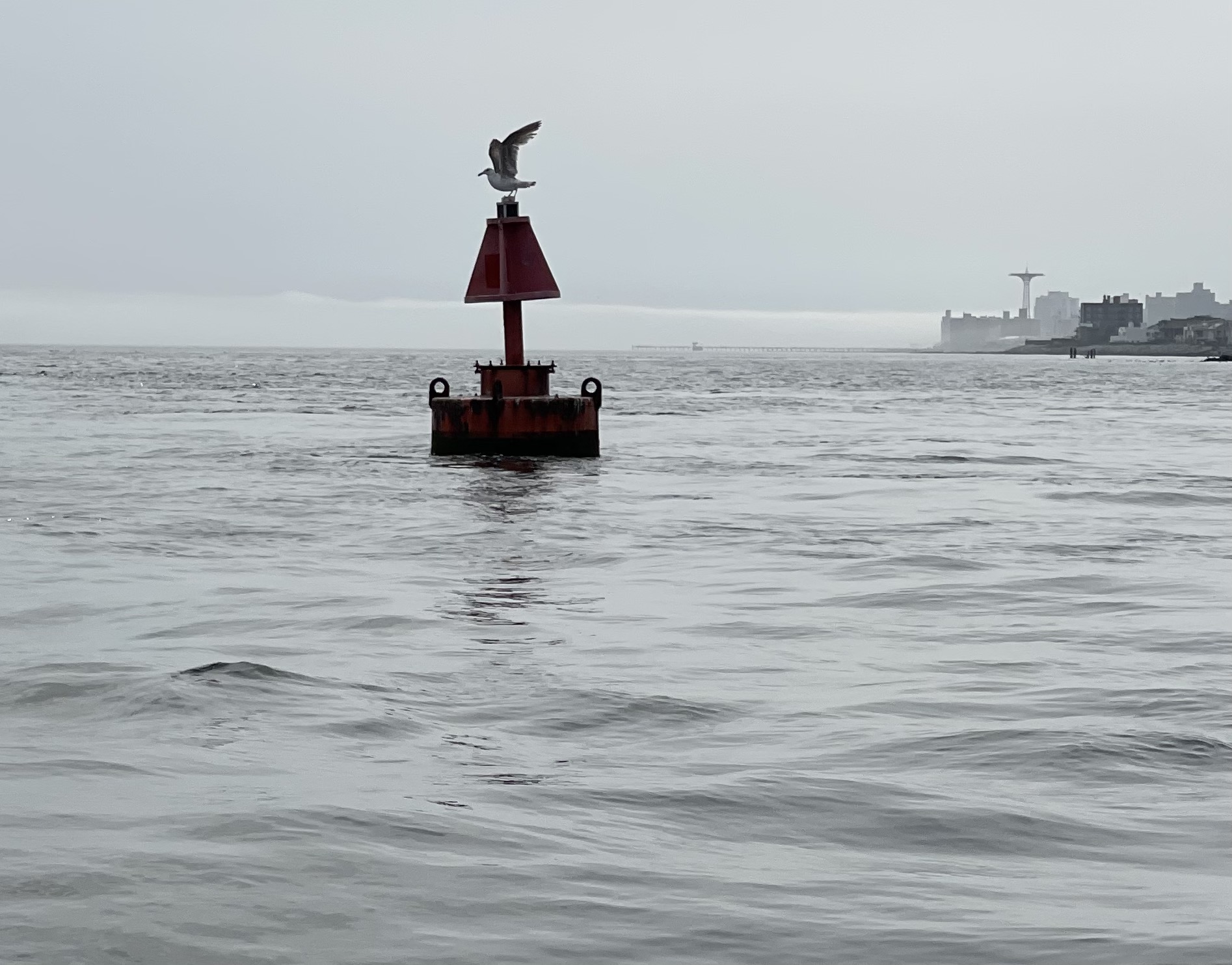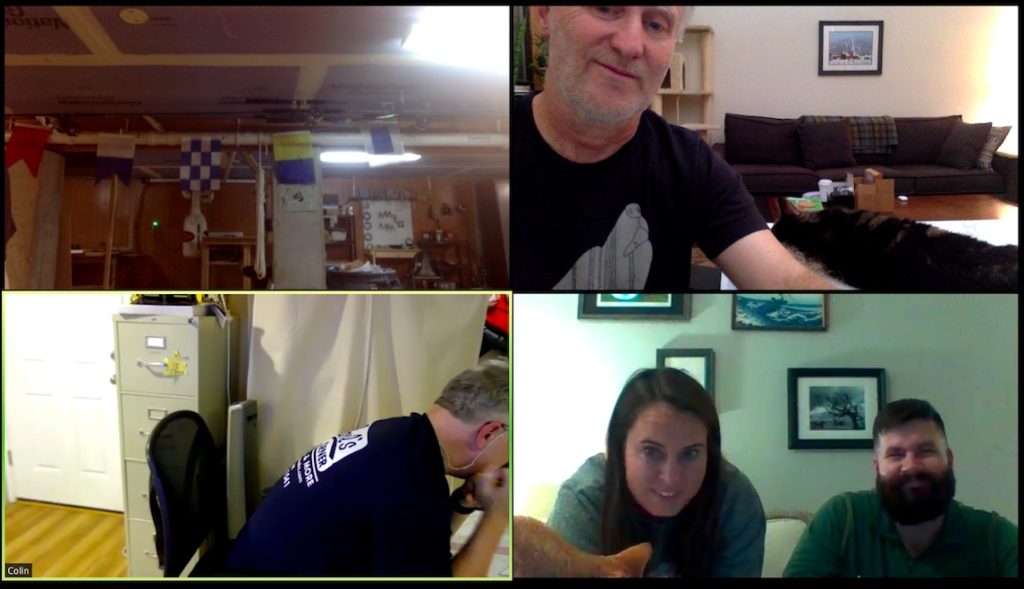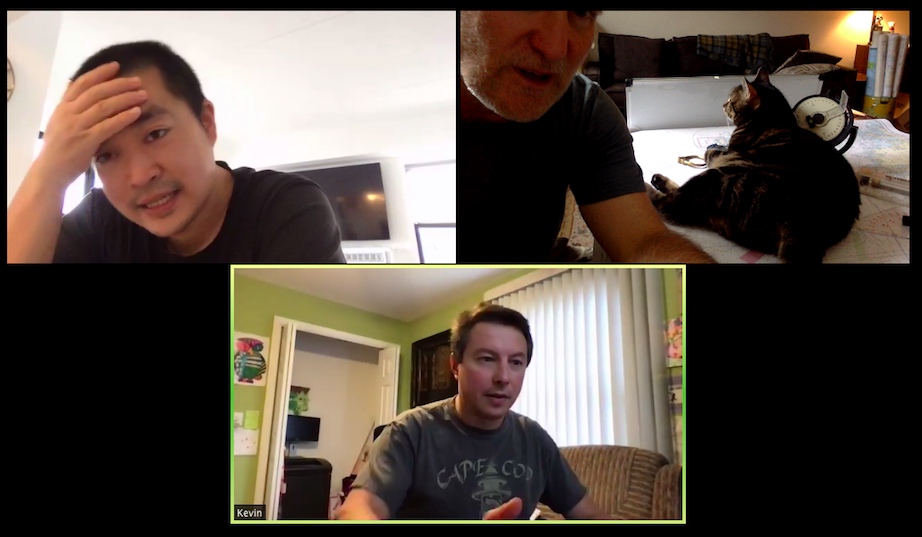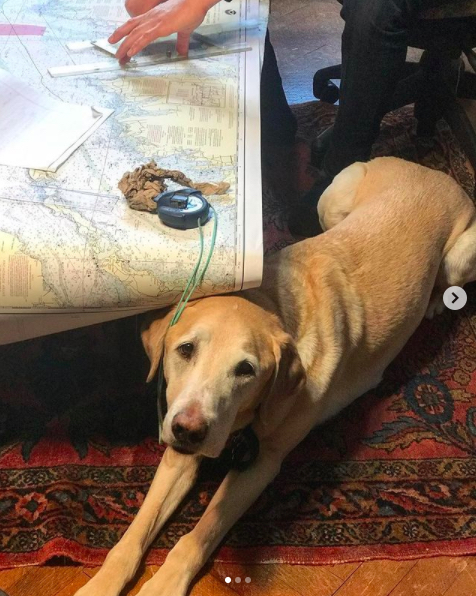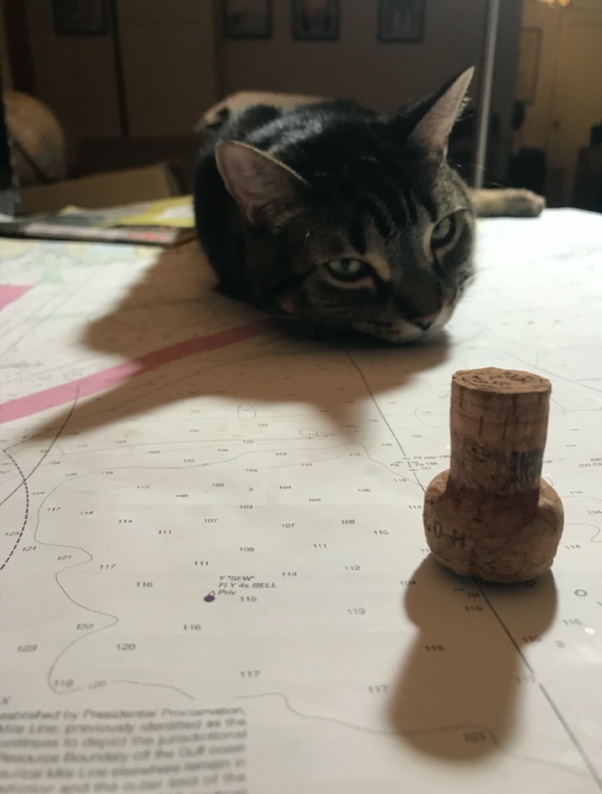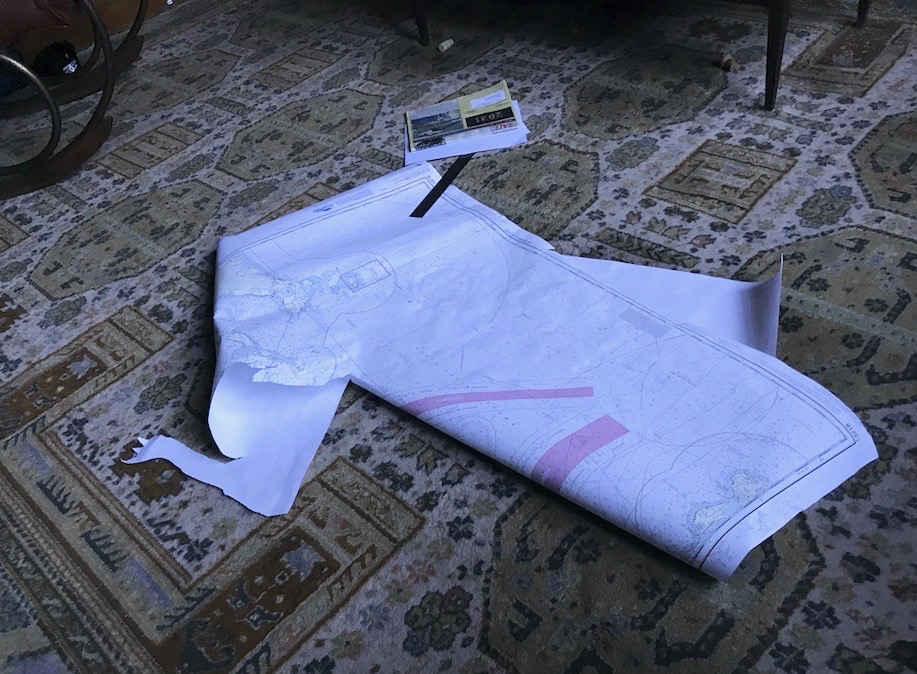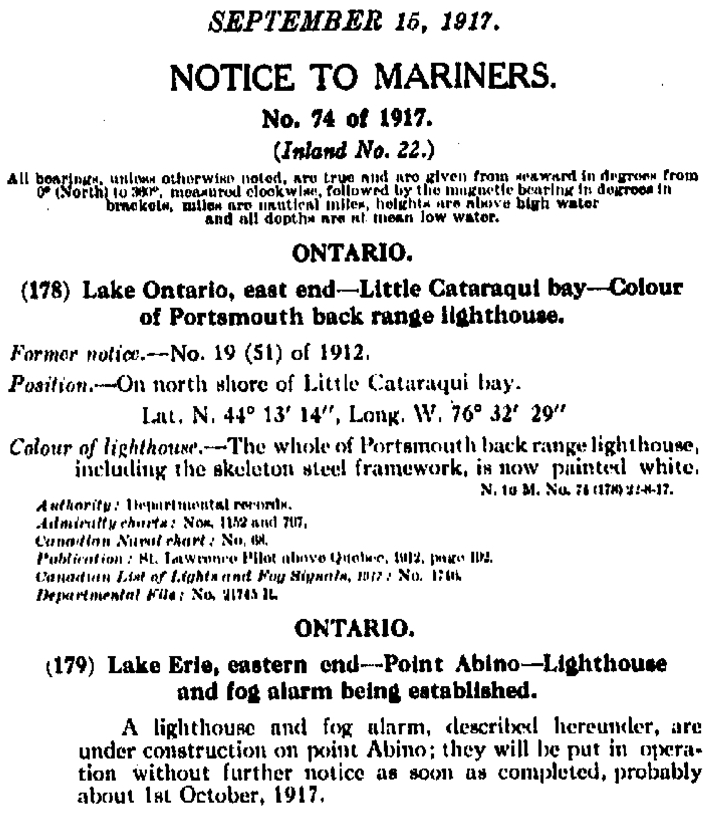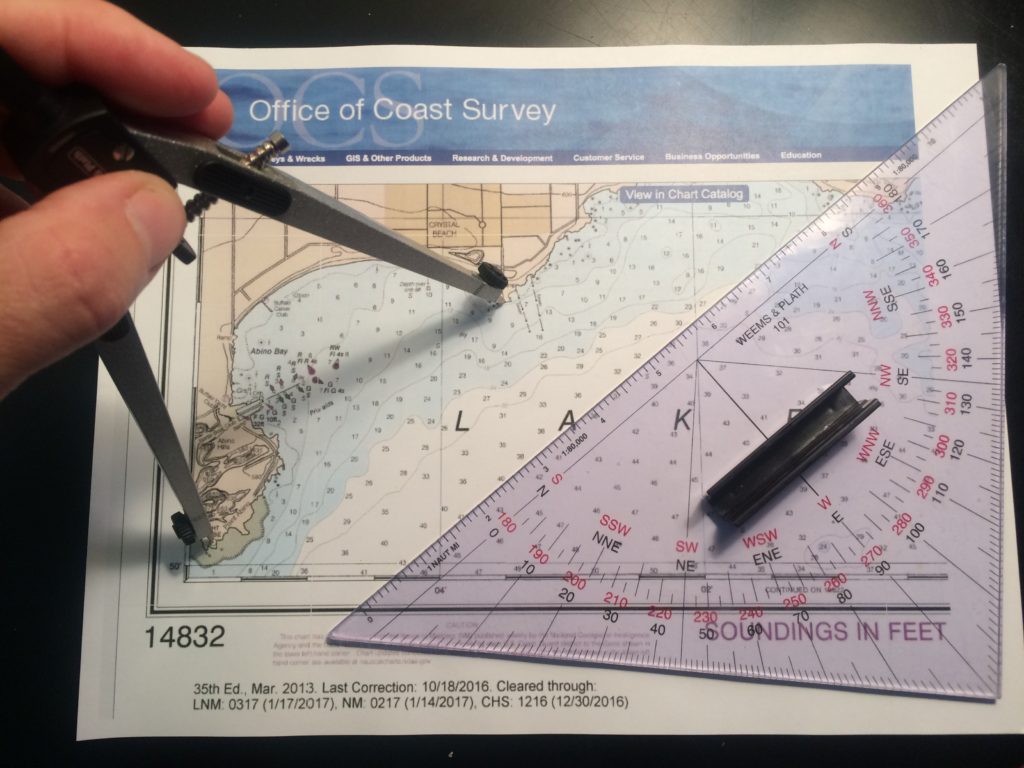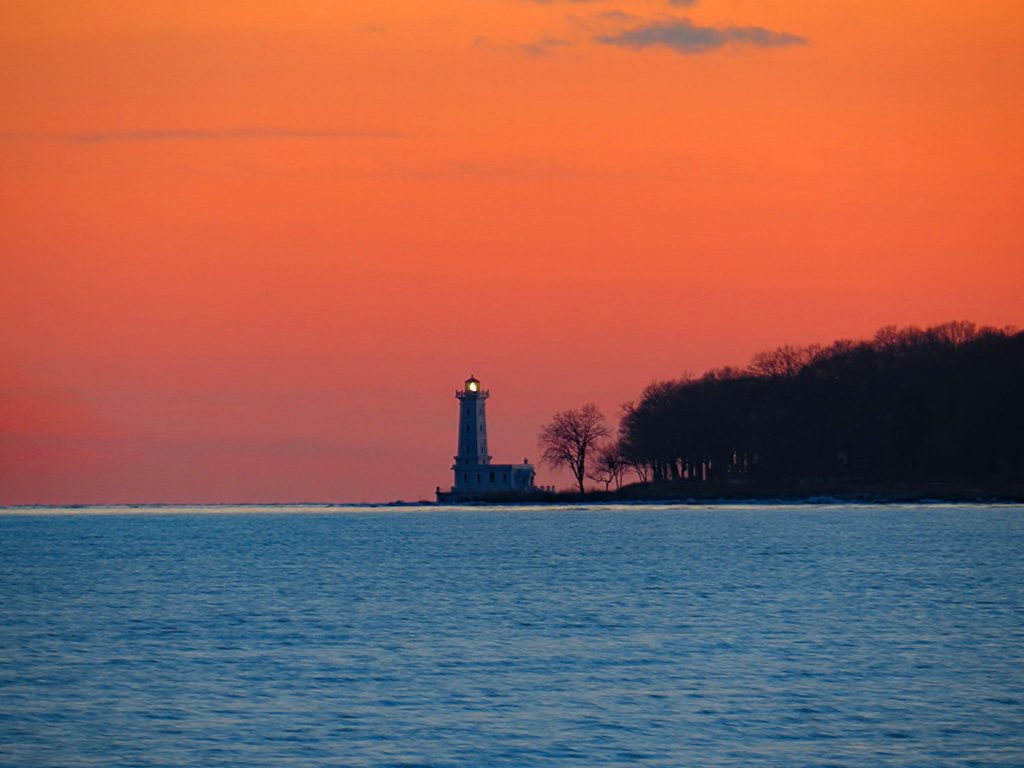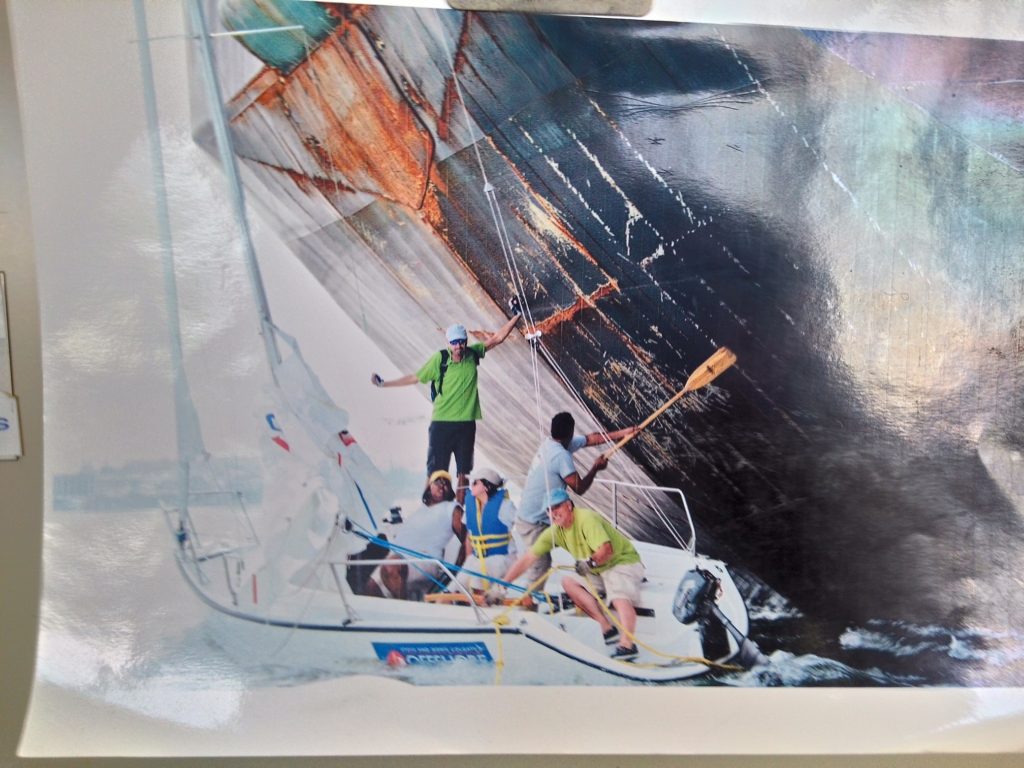Learn to sail, ASA 101 + 102, began on March 16 and 17, the earliest we started teaching people how to sail a boat.
We didn’t plan it that way. Hard to plan at all with early-season weather. But, sailing happened this past weekend. We got a solid full day on Saturday, and half a day of sailing on Sunday before the light winds turned very quickly (as predicted) into Victory at Sea conditions, as we say. Students got a taste of strong, fast gusts and learned that while it can be stressful when learning, the boat didn’t care and the instructor had a few whoo-HOO moments!
Why then didn’t we plan it? The early shoulder season is tempting, but way too unpredictable and volatile. My father’s school always started in April. It was ‘spicy’ sometimes. When I started my own school decades later, I began courses in mid April. It worked… until it didn’t. Too many weather delays.
So, I switched it around. We would start with advanced courses in April, and learn to sail in early May. The first season I tried, it, we lost the first scheduled weekend of Bareboat Cruising to a storm. It was forecast to blow stink and chuck buckets on the first day, and simply be way to windy the second. I headed up to Vermont on Thursday night and was snowboarding a foot of powder the next morning at Killington instead. The predicted conditions down in the Sound prevailed. No one sailed.
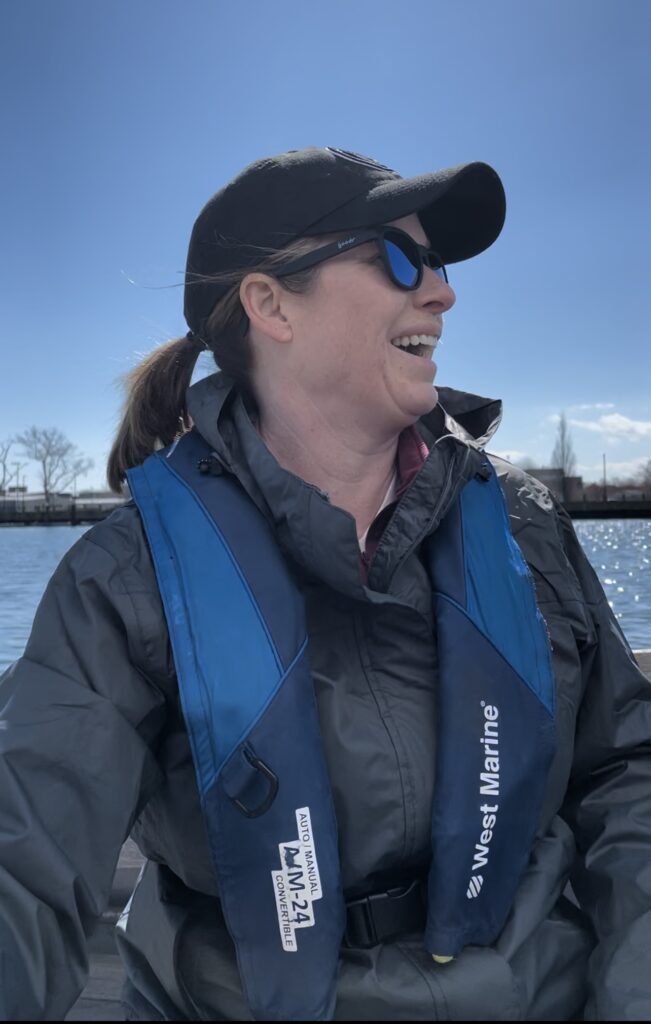
The next season, we scheduled more conservatively. Nothing in April. Learn-to-sail began in early May. For Memorial Day Weekend, weather isn’t always perfect but it’s traditionally reliable for classes. So, we scheduled three of them: two boats of students for 101 / learn-to-sail, and one for Bareboat Cruising (3rd level, 104, and don’t get me started on that math but you may do so yourself in this Blog Rant).
How did that work out? The first two days were unsailable due to a nasty nor’easter, something we’d never experienced that late in the spring. We got one day in out of three. That set off complications with rescheduling, as the rest of the late spring/early summer was pretty shitty as well. Welcome to climate change!
So it goes…
Kurt Vonnegut
So, what made me think it was even a remotely good idea to start classes in MARCH!?
We’ve occasionally done a private lesson, usually for a group of 2 or 3 students coming together, in the ‘pre-season.’ It’s always a case by case, last-minute thing. In this case, we’d had a mild winter in the northeast. Nothing had changed. One couple, plus several different individuals, were interested in starting in March/April for various reasons. The couple is going on a private Virgin Islands (BVI) trip with us in late April, and another man needed to knock out his 101 if he were to join a relative doing a 103 course in May in another region.
Everyone understood there were no promises about when we’d complete the course if we started – only that we would complete it. Everyone was free last weekend. The weather looked reasonable, if not great, for beginning. All three had some exposure to sailing, and one was quite experienced and mostly bringing his wife up to speed with him so they could do 103 together with us in BVI.
And so, a schedule was born.
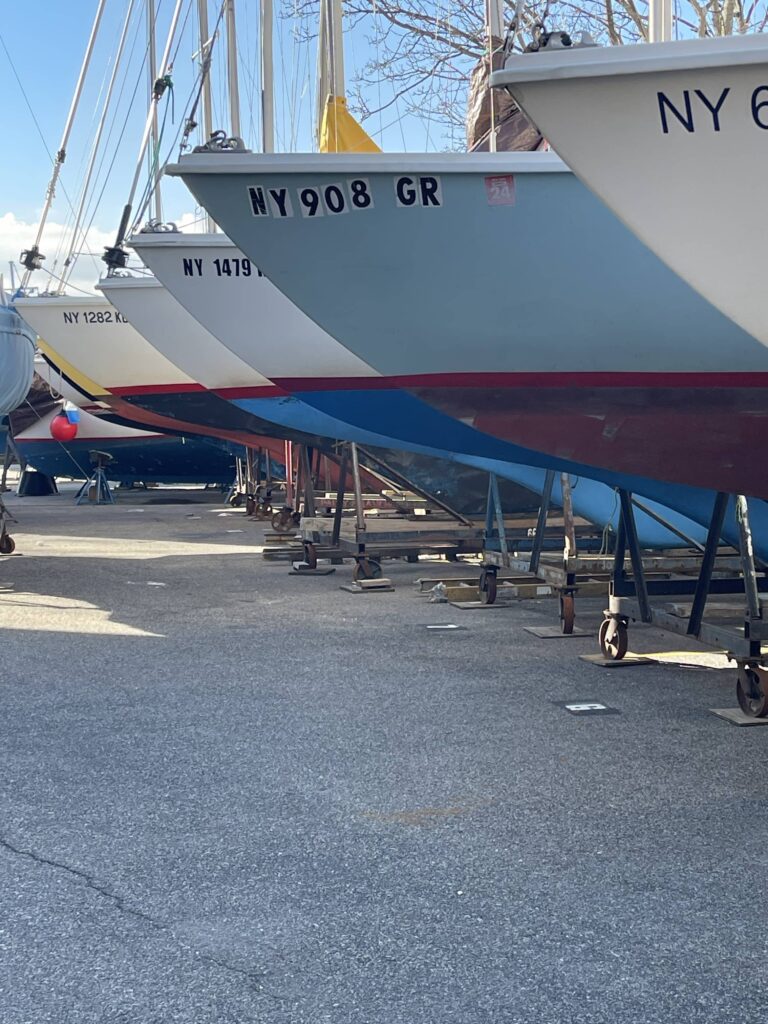
Both days were beautiful with partially cloudy skies and plenty of sun. It was cool out, getting chilly on Saturday afternoon, but that was due to a summer phenomenon: the afternoon sea breeze! Sunday was almost too light to sail at first, but by the time we got sorted and on the boat, it was enough to sail and practice meaningfully. As it was forecast to intensify rapidly at some point, we kept an eye on the updates and stayed close as it got closer to ‘oh, no!’ time. That happened when we were already just about in, and only had to negotiate a few moored boats en route to our own mooring.
They got to experience some strong, wicked-fast gusts that they would have had no business being out in without an instructor (and without the first day’s training). They had both, so they got to try it out. I had to sail the boat onto the mooring, but they got to fool around with steering and sail trim before that.
Two days with good sailing in March, even though one was only half, was a great start. Next weekend is out due to another nor’easter! Who knows what the following will bring, but there’s the first half of April and the weekdays in between it all to finish up. And then it’s off to the races. Or cruises. But the foundation will have been laid.
